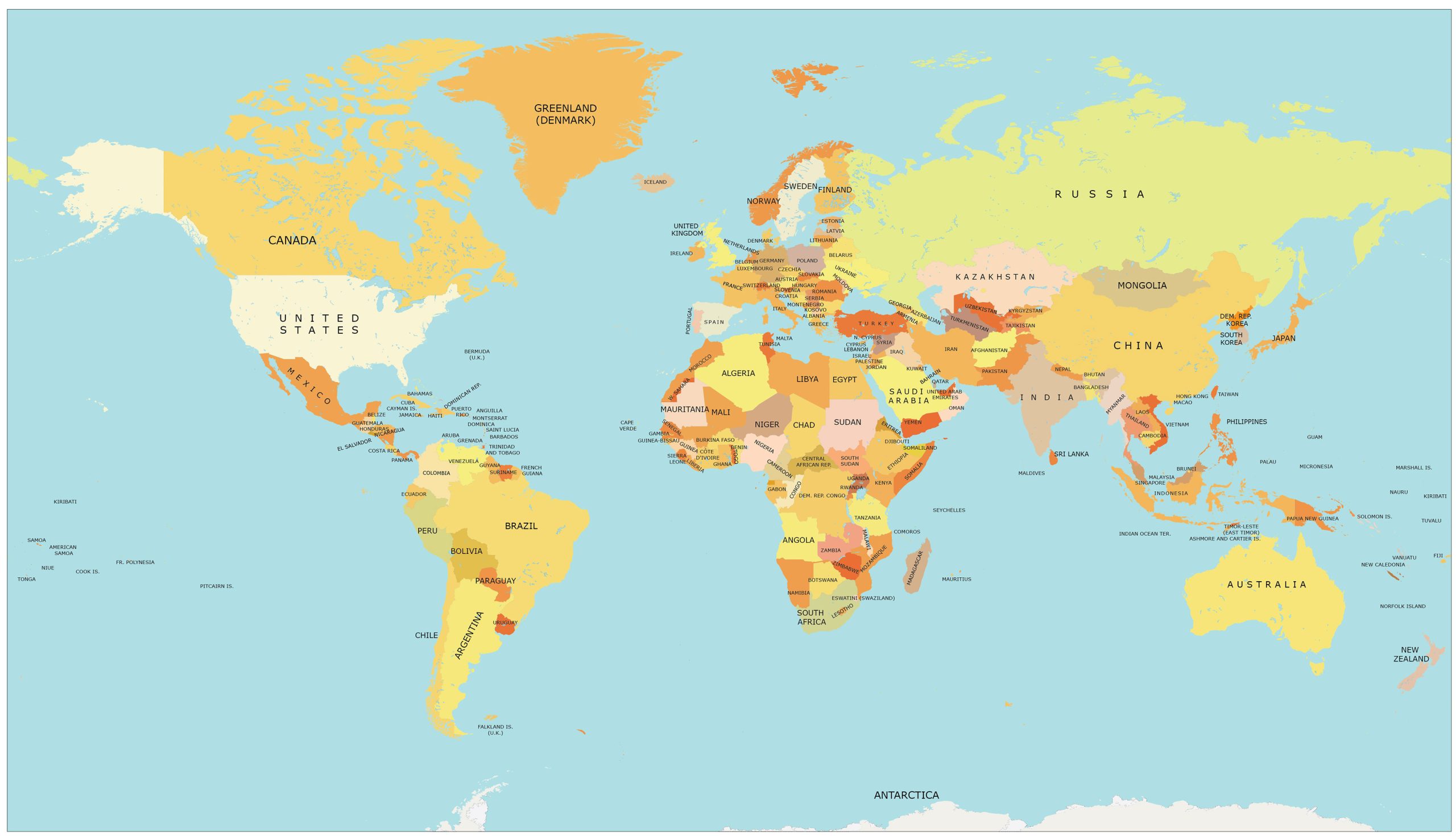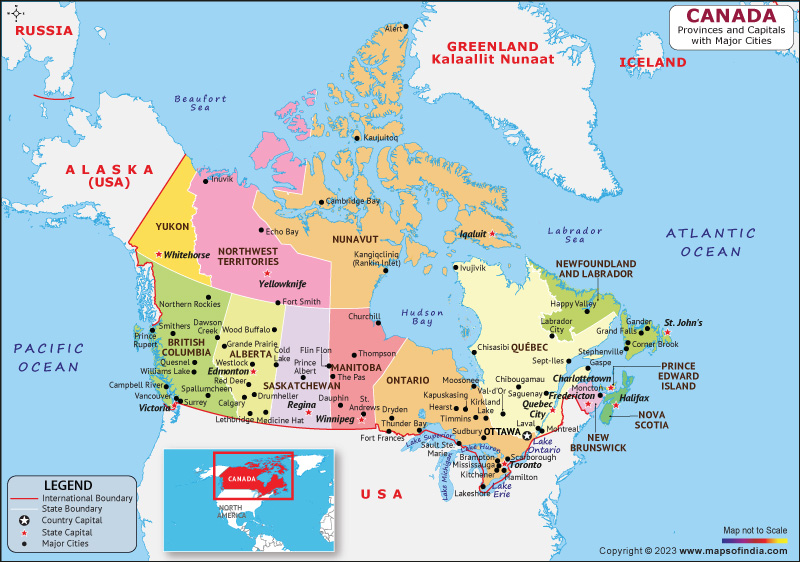
The Osage Nation, known in their own language as Wah-Zha-Zhi, holds a history inextricably linked to a vast and powerful territory that once spanned much of the American heartland. Far from being a static entity, the map of the Osage Nation’s historical domain is a dynamic chronicle of migration, strategic prowess, fierce independence, and ultimately, enduring resilience. This article delves into the expansive reach of the Osage people, tracing their journey from ancient homelands to their current sovereign nation, highlighting the profound connection between their identity and the lands they called their own.
From Ancient Origins to a Heartland Empire
The Osage are a Siouan-speaking people, sharing linguistic roots with tribes like the Kansa, Omaha, Ponca, and Quapaw. Their ancestral lands are believed to have been in the Ohio River Valley, in what is now Kentucky and Ohio. Pressure from the Iroquois Confederacy, combined with the lure of new hunting grounds and trade opportunities, prompted a significant westward migration in the 17th century. This journey, often recounted in their oral traditions, led them to the confluence of the Missouri and Osage rivers, a strategic location that would become the heart of their burgeoning domain.
From this base, the Osage rapidly expanded their influence. By the late 17th and early 18th centuries, their territory was immense, a true heartland empire. It stretched from the Missouri River in the north to the Arkansas River in the south, encompassing much of present-day Missouri, Arkansas, Kansas, and Oklahoma, with hunting grounds extending into parts of Iowa, Illinois, Colorado, and Texas. The Osage were not merely occupants of this land; they were its formidable masters. Their military strength was legendary, allowing them to control trade routes, defend against rival tribes like the Pawnee and Comanche, and assert dominance over weaker neighbors.

This vast territory was a mosaic of ecological zones that perfectly supported the Osage way of life. The tallgrass prairies teemed with buffalo, their primary food source, providing meat, hides for shelter and clothing, and bones for tools. The river valleys offered fertile soil for farming corn, beans, and squash, while the woodlands provided timber, medicinal plants, and small game. The rivers themselves – the Missouri, Osage, Arkansas, Neosho – were vital arteries for travel, trade, and sustenance. The Osage understood this land intimately, their spiritual beliefs deeply intertwined with its mountains, rivers, and prairies. Their creation stories, clan systems, and ceremonial practices were all rooted in their environment, fostering an identity that was profoundly connected to the Wah-Zha-Zhi lands.
Encounters with European Powers and the Louisiana Purchase
The first sustained contact with Europeans came in the late 17th and early 18th centuries, primarily with the French. French traders, explorers like Henri de Tonti, and missionaries encountered the Osage, establishing a fur trade that brought European goods into the heart of Osage territory. While the French recognized the Osage’s power, they generally sought alliances and trade, not direct territorial conquest. Spanish attempts to assert control after acquiring Louisiana were similarly met with Osage resistance and diplomatic maneuvering, largely preserving their sovereignty.
The landscape shifted dramatically with the 1803 Louisiana Purchase. Suddenly, the United States claimed sovereignty over the vast territory the Osage considered theirs. This unilateral act by a distant government set the stage for a century of conflict, negotiation, and ultimately, forced removals. American expansionism viewed the land as open for settlement, while the Osage viewed it as their ancestral birthright, fiercely defended for generations.
The Era of Treaties and Shrinking Horizons
The 19th century became a period of relentless pressure and territorial cessions for the Osage. The nascent United States, eager to open lands for white settlement, engaged in a series of treaties that systematically chipped away at the Osage domain.
The Treaty of Fort Clark in 1808 was the first major blow. Under immense pressure and the threat of military force, the Osage ceded nearly 50 million acres of land in Missouri and Arkansas. In return, they received a small payment and the promise of a defined reservation. From the American perspective, this was a land purchase; from the Osage perspective, it was a forced concession, a painful sacrifice of their ancestral home for an uncertain future. The treaty established a reservation for the Osage in what is now southern Kansas and northern Oklahoma, but even this would prove temporary.
Further treaties followed in 1818 and 1825, leading to more significant cessions. The 1825 treaty, in particular, saw the Osage give up their remaining lands in Missouri and Arkansas, and most of their holdings in Kansas, confining them to a smaller "diminished reserve" in southeastern Kansas. This period was marked by internal divisions, disease, and the devastating impact of the buffalo herds’ decline due to overhunting by settlers and other tribes. The Osage, once masters of a vast empire, were being squeezed onto an ever-shrinking map.
Life on the Kansas reserve was challenging. Settler encroachment was constant, and the Osage faced pressure to adopt farming practices and abandon their traditional nomadic hunting lifestyle. Despite these hardships, they maintained their cultural practices and self-governance to a remarkable degree, adapting to the changing circumstances while holding onto their core identity.
The Journey to Indian Territory: A Unique Purchase
The final forced removal came in the aftermath of the Civil War. The United States government, pursuing its policy of consolidating Native American tribes onto reservations in Indian Territory (present-day Oklahoma), pressured the Osage to relocate once more. However, the Osage’s removal was unique. Unlike many tribes who were simply assigned lands, the Osage, leveraging the funds they had received from earlier land cessions, purchased their new reservation in 1870-1872 from the Cherokee Nation. This 1.47 million-acre tract, located in north-central Oklahoma, became the foundation of their modern nation.
This act of purchasing their own land was a testament to Osage foresight, financial acumen, and an unyielding commitment to self-determination. It meant they held a different legal status than many other tribes, one that would prove critical in the years to come. On this new land, they established towns like Pawhuska (their capital), Gray Horse, and Hominy, rebuilding their communities and adapting once again to a new environment, embracing ranching and farming in the absence of the vast buffalo herds.
The Discovery of Oil and Enduring Sovereignty
The 20th century brought another seismic shift: the discovery of vast oil reserves beneath their Oklahoma reservation. Crucially, due to their unique purchase agreement and astute negotiation during the allotment process (where tribal lands were divided into individual parcels), the Osage Nation retained subsurface mineral rights collectively as a tribe. This meant that while individuals received surface land, the oil, gas, and other minerals beneath belonged to the entire Osage Nation, and royalties were distributed to tribal members (via "headrights").
This collective ownership of mineral wealth transformed the Osage Nation. They became, for a time, the wealthiest people per capita in the world. This sudden affluence, however, also brought immense suffering. The infamous "Reign of Terror" in the 1920s saw numerous Osage individuals murdered for their headrights by greedy opportunists, a dark chapter recently brought to widespread attention by David Grann’s book "Killers of the Flower Moon." Despite this horrific period, the Osage fought for justice and eventually saw some perpetrators brought to trial.
The oil wealth, though stained by violence, played a pivotal role in the Osage Nation’s ability to maintain its identity and sovereignty. It allowed them to resist complete assimilation, fund their own schools, healthcare, and cultural programs, and protect their self-governance. It provided a financial bedrock that enabled them to preserve their language, ceremonies, and traditions, ensuring that the spirit of Wah-Zha-Zhi endured.
The Modern Osage Nation and the Legacy of Territory
Today, the Osage Nation is a vibrant, self-governing entity headquartered in Pawhuska, Oklahoma. While their current reservation is a fraction of their historical domain, the memory and spiritual connection to their vast ancestral lands remain powerful. Their language, traditional stories, and ceremonies often reference the rivers, prairies, and hunting grounds of Missouri, Kansas, and Arkansas. The maps of their historical territory are not merely historical curiosities; they are living testaments to their journey, their struggles, and their triumphs.
For travelers and those interested in historical education, understanding the Osage Nation’s territorial history offers invaluable insights. It highlights the devastating impact of westward expansion on Native American peoples, but more importantly, it showcases the incredible resilience, adaptability, and unwavering spirit of a nation determined to survive and thrive. Visiting Osage Nation today, engaging with their cultural institutions, and learning about their past allows one to appreciate the profound connection between land, identity, and sovereignty that continues to define the Wah-Zha-Zhi people. The map of the Osage Nation’s historical territory is not just a geographical representation; it is a narrative of an enduring nation, etched in the very landscape of America.
